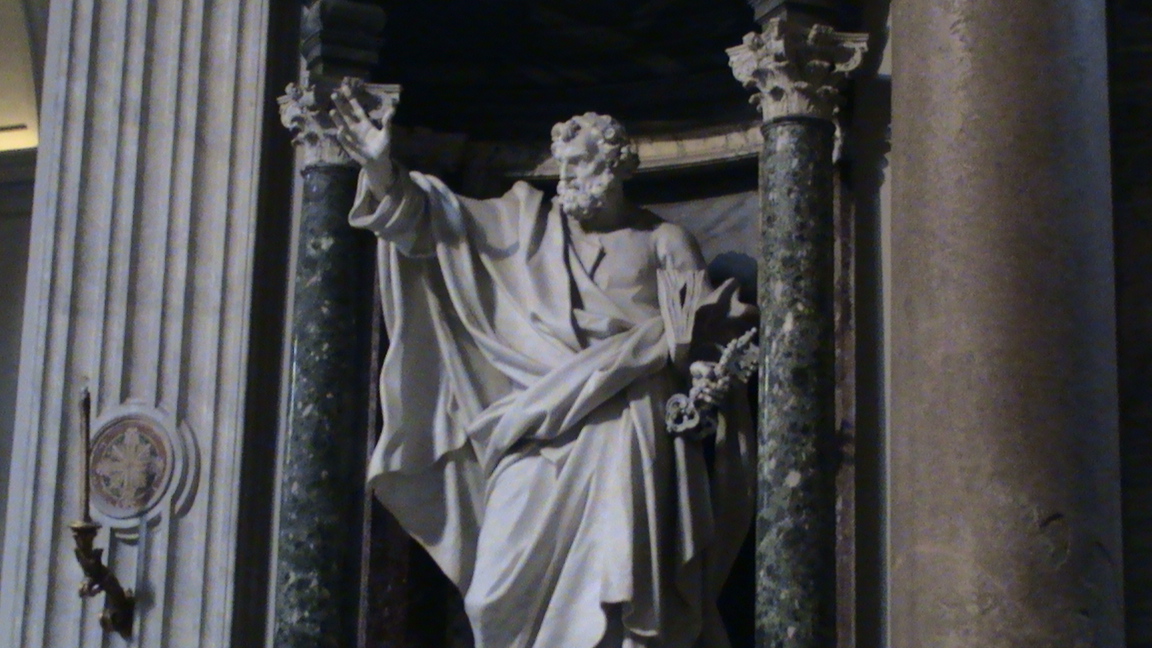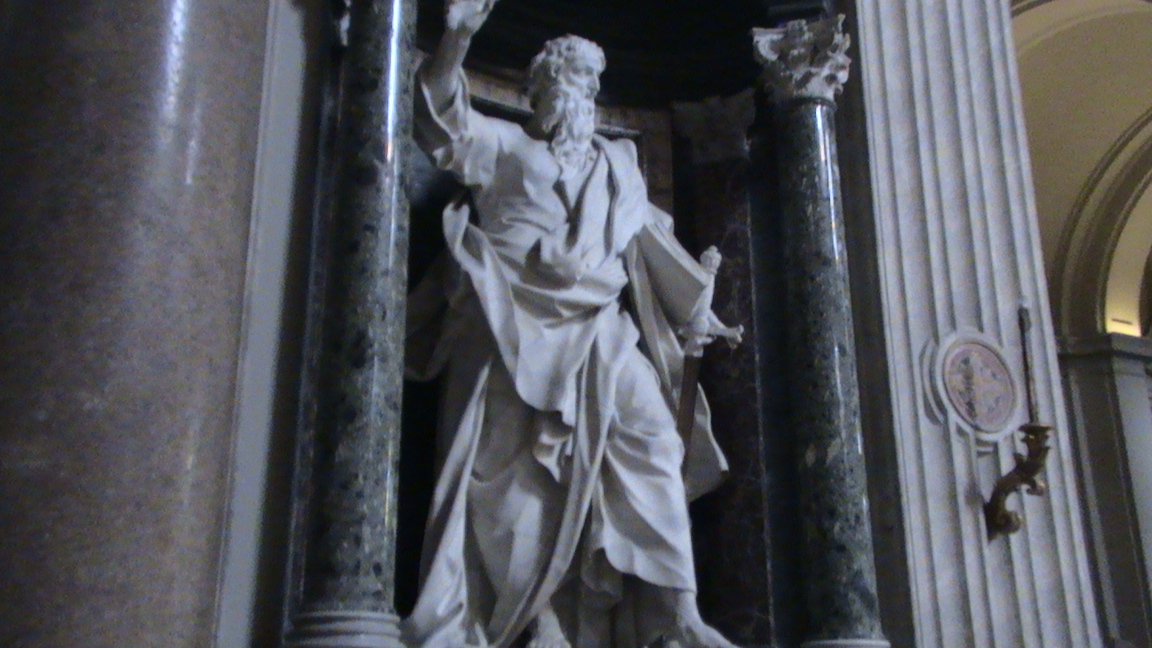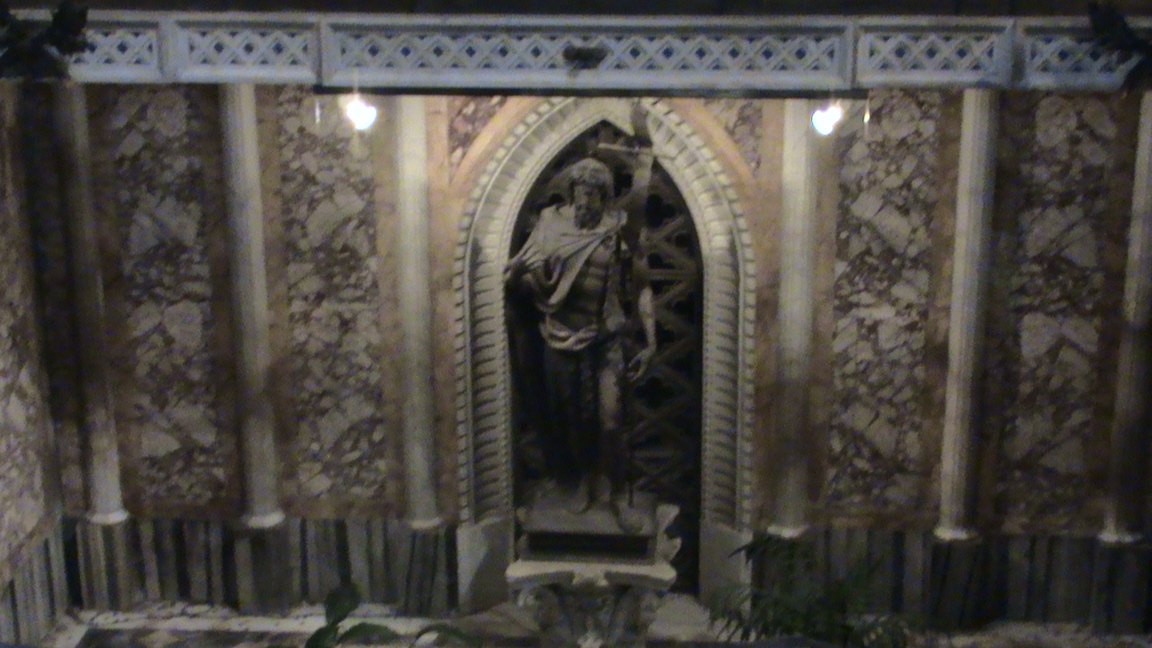Spiritu di Vino
What do the following have in Common? When you Google Spiritu di Vino, the first result is the Catholic Encyclopedia’s explanation of Encyclical Letter on the Promotion of Biblical Studies, Divno Afflante Spiritu, September 30, 1943 from Pope Pius XII. Spiritu di Vino, on the other hand is a great restaurant in the Trastevere neighborhood.
Spiritu di Vino is definitely a restaurant I'd recommend.
First course:Ratatouille alprofumo di basilica in terrina. Excellent
Second Course: Pork in the style of Matius The legendary Matius, son of Cicero's learned friend, Gaius Matius, wrote three volumes on gastronomy and is said to be the inventor of a procedure that involves removing the pork fat, marinating the remainder for 24 hours in red wine and apple slices and roasting it in spices. Julius Caesar and Augustus couldn't get enough of it. It was excellent
Spiritu di Vino is housed in THE oldest commercial building in Rome. The service was excellent. The host had plenty of recommendations and was very courteous considering the size of our party.










